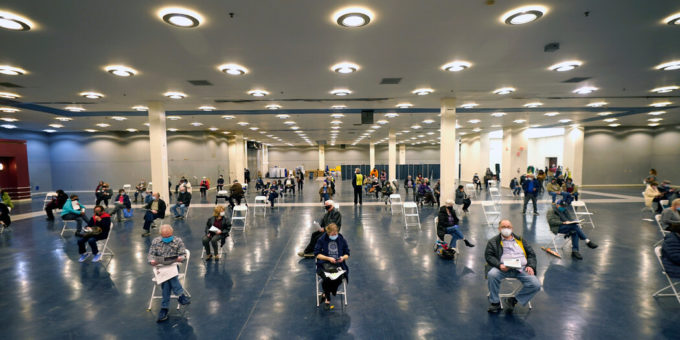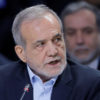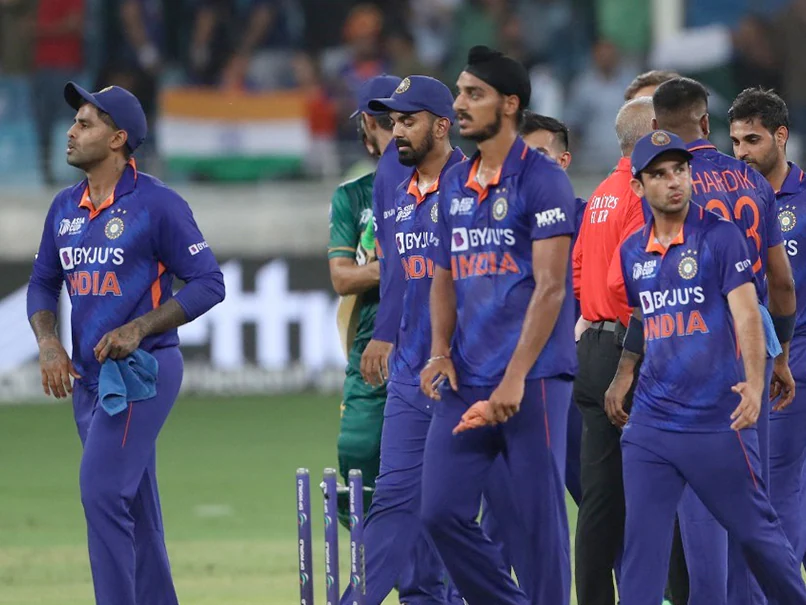
Dr. George Rutherford, an epidemiologist at the University of California, San Francisco, said the most obvious problem with vaccine administration in the San Francisco area was clear: “There’s not enough doses, period,” he said. “That’s it. Everything would work fine if you had enough doses.”
The public health department in San Francisco and hospitals in the city were “caught by surprise” by the lack of doses, Dr. Rutherford said, and by the eligibility expansion to those 65 and older, which likely strained the system. Varying vaccine distribution channels — such as Kaiser Permanente and the University of California, San Francisco — receive the doses on their own, he said, further complicating an already convoluted distribution system.
“So it’s a little hard for the city to understand exactly what’s left over, what they need to do, where the holes are to fill,” Dr. Rutherford said. Still, new vaccination sites are opening in San Francisco, which Dr. Rutherford said would help speed the process along once more doses become available. “There’s this tension between efficiency and equity,” he said. “It’s never easy.”
Dr. Grant Colfax, head of the San Francisco Department of Public Health, said the city was “very close to doses running out,” and said a lack of overall coordination has led to distribution problems.
“I think what this really is, is a continuation of the fallout of the lack of a coordinated federal response,” he said. “Basically cities and counties were left on our own to deal with this pandemic.”
He said local jurisdictions “simply did not have the resources and the capacity” to handle the complicated effort without help. “It has manifested in a very tragic way.”
In Austin, Texas, Curt Fisher, a 76-year-old who has served on the boards of several high-tech start-ups, experienced firsthand the confounding roadblocks to securing a vaccine. He was playing golf with friends several weeks ago when they learned that Austin Public Health had vaccines available.













